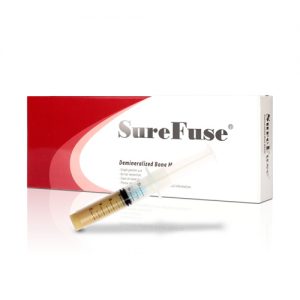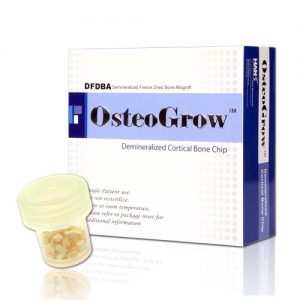Product Description
With three models to choose from, namely the Braithwaite, Cobbett and Watson, these Stainless Steel Knife Handles are used in conjunction with the sterile 158mm Skin Graft Blades for harvesting “Macro” or “Major” Skin Grafts.
The knives have an in-built adjustable guard which can limit the maximal thickness of the graft harvested depending on the properties of the skin at the donor site. This can vary in thickness due to multiple factors including the age of the patient.
The exact thickness of the graft can also depend upon:
1) The contact angle between the blade and skin whilst harvesting;
2) The pressure applied by the operator onto the knife whilst harvesting
These are important aspects of skin grafting technique that need to be mastered to enable reproducibly consistent harvesting of high quality split thickness skin grafts.
Fitment: Swann-Morton 9940 Sterile S/S Skin Graft Blades. Three models: Braithwaite; Cobbett; and Watson.
The Braithwaite knife (1955 Fenton Braithwaite ) was a modification of the Humby and Bodenham Knives and was the first that did not need to be dismantled in order to replace the blade. The adjustment between the roller and the blade itself is achieved by two knurled collars mounted on the back of the knife. The Stainless steel blade is locked securely in the leaf spring holder. To fit a new blade one moves the safety catch in order to open the leaf and the blade can be inserted under the roller before reengaging the safety catch. There is a tendency for skin to roll up around the guard when cutting thin split skin grafts with the Braithwaite knife however this can be corrected by the placing traction on the cut skin otherwise the fine sheet of skin may tear. The roller must also move freely from side to side requiring slack end-bearings that can reduce precision in the setting resulting in the graft sometimes becoming gradually thicker as the knife progresses. Two adjustments are necessary at either end of the knife to set the depth of cut and again if the setting is unequal the graft may be thicker on one side.
The Watson Knife ( 1960 John Watson) addresses some of these issues as it has a fixed, polished , stainless steel guard and a simpler ,more rigid thickness adjustment. The rod has no independent movement, either sliding or rotation, while the graft is being taken. At its end-bearings, it passes eccentrically through the bushes,hence the depth of cut can be set by rotation of the rod with the single knurled control knob, the rod remaining parallel to the blade settings. The bearings therefore have a precision fit and there is no “play” in use. While taking the graft, spontaneous rotation of the rod is slight, but the locking lever is provided to avoid accidental alteration of the setting once it has been made. The fixed guard reduces skin rolling however introduced a considerable degree of “drag” since it cannot slide to and fro with the skin surface. As a result the edges of both the graft and donor site can be ragged an effect that can only partially be avoided by lubricating with liquid paraffin.
The Cobbett Knife (1968 J.Cobbett)offered a solution to the drag whilst still preventing the skin rolling around the guard. The guard slides to and fro but does not rotate. The Braithwaite knife was modified by cutting a “D” section instead of a circular hole in the a guard end of one of the cam levers and grinding a corresponding flat on the side of the end of the guard. The modified knife has little drag and no tendency for the skin to roll up on the guard.
REFERENCES: Ameer F,Singh AK.,Kumar S. Evolution of Instruments for harvest of the skin grafts. Indian J Plast Surg.2013 Jan-Apr;(1) 28-35.


























